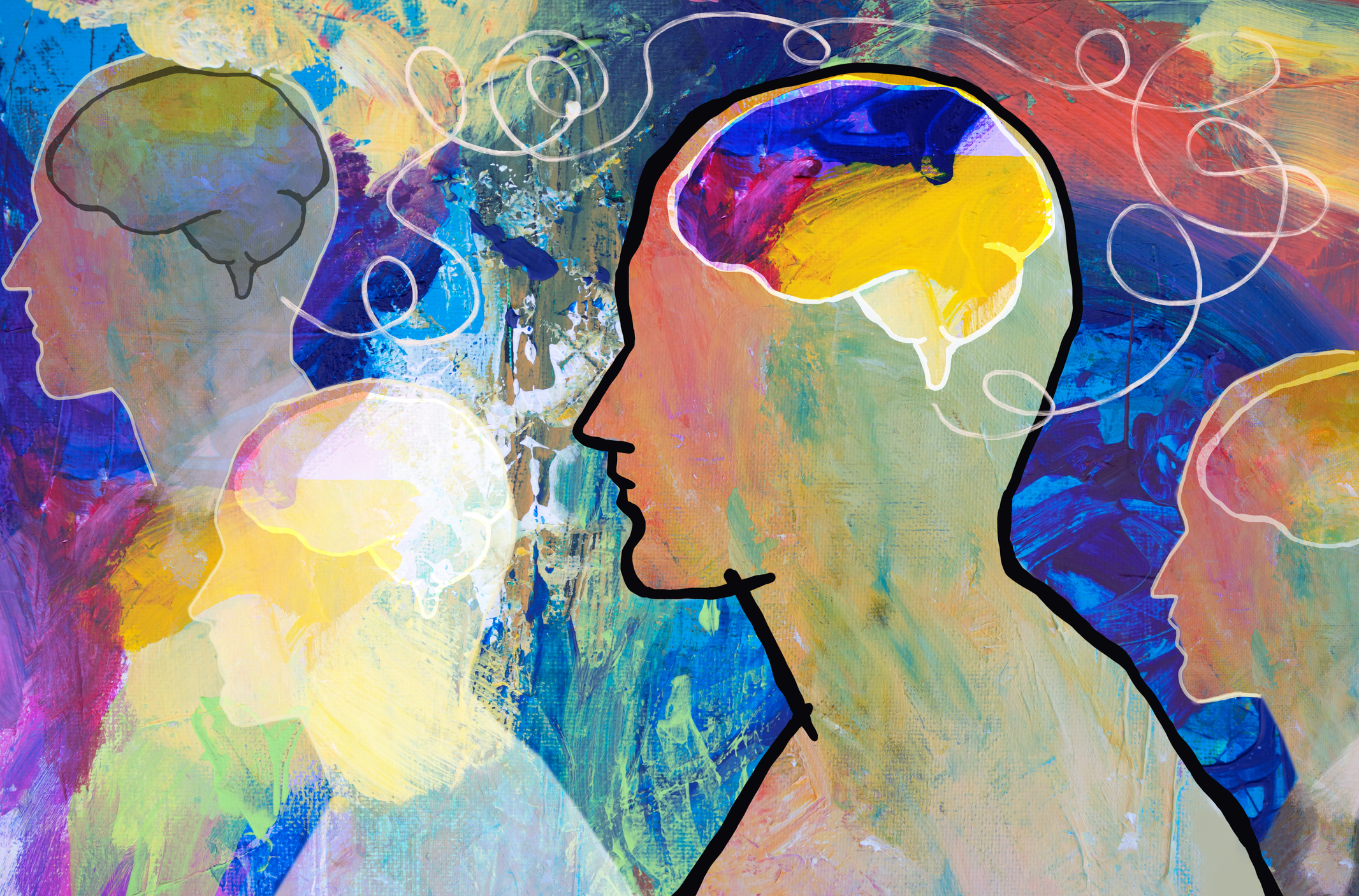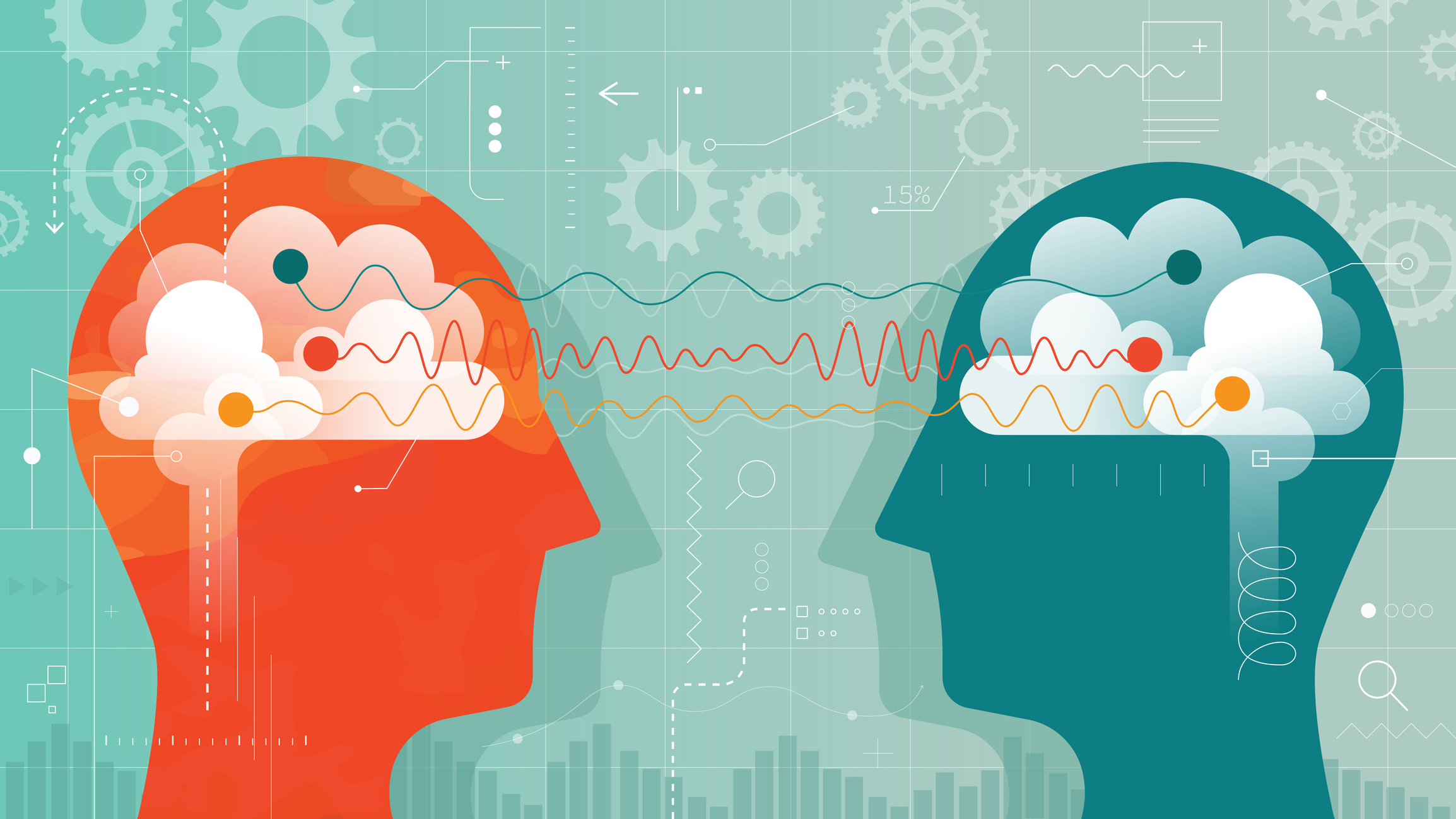Emotions are an integral part of our human experience, and they play a significant role in shaping our perceptions and actions. How we manage and integrate our emotions can have a profound impact on our overall well-being and our interactions with others. In this article, we will explore the concept of emotional integration, the consequences of being either flooded with emotions or cut off from them, and the role of mindfulness in achieving a balanced emotional state.
The Chaos of Emotional Flooding
When individuals are overwhelmed by their emotions, it can create a state of chaos within them. This emotional flooding is characterized by an excessive influx of feelings, often dominating their thoughts and decision-making. People in this state may find it challenging to maintain a sense of control and balance in their lives. Some key characteristics of emotional flooding include:
- Loss of Context: Individuals flooded with emotions may lose sight of the bigger picture and context in various situations. They become hyper-focused on their immediate feelings, which can hinder their ability to make rational decisions.
- Difficulty in Reading Nonverbal Signals: Emotional flooding can lead to a reduced ability to pick up on nonverbal cues from others. This can result in miscommunication and misunderstandings in social interactions.
- Lack of Emotional Regulation: Those experiencing emotional flooding often struggle to regulate their emotions effectively. This can lead to outbursts of anger, fear, or other intense feelings.
The Pitfalls of Emotional Cut-off
On the flip side, there are individuals who are emotionally cut off, primarily residing in the logical and linear domain of the left hemisphere. These individuals tend to suppress or disconnect from their emotions, leading to a different set of challenges:
- Imagery and Holistic Sense Loss: Emotionally cut-off individuals often have difficulty connecting with the imagery of dreams and the holistic sense of things. They may struggle to see the interconnectedness of various aspects of life.
- Inability to Name Emotions: They may find it challenging to name or identify their emotions accurately. This inability to label feelings can further hinder their emotional growth and self-awareness.
- Limited Empathy: Emotional cut-off can also result in reduced empathy towards others. These individuals may struggle to understand or relate to the emotional experiences of those around them.
Striking a Balance Through Mindfulness
Achieving emotional integration requires striking a balance between the left and right hemispheres of the brain and fostering a connection with one’s emotions. Mindfulness practices can play a crucial role in this process:
- Mindful Awareness: Mindfulness encourages individuals to develop a deep and non-judgmental awareness of their emotions. It allows them to observe their feelings without being consumed by them.
- Emotional Labelling: Studies have shown that when individuals accurately name their emotions, it can lead to a calming effect on the amygdala and the limbic system. Mindfulness cultivates the ability to name emotions, promoting emotional regulation.
- Strengthening the Insula: Mindfulness practices have been found to strengthen the insula, a brain region associated with emotional awareness. A more robust insula response not only helps individuals become more in touch with themselves but also enhances empathy towards others.
Conclusion
In summary, the journey towards emotional integration is a delicate balance between being flooded with emotions and being cut off from them. Mindfulness emerges as a powerful tool in this quest, fostering self-awareness, emotional regulation, and empathy. By embracing mindfulness practices, individuals can navigate their emotions more effectively, leading to a more balanced and compassionate life.







